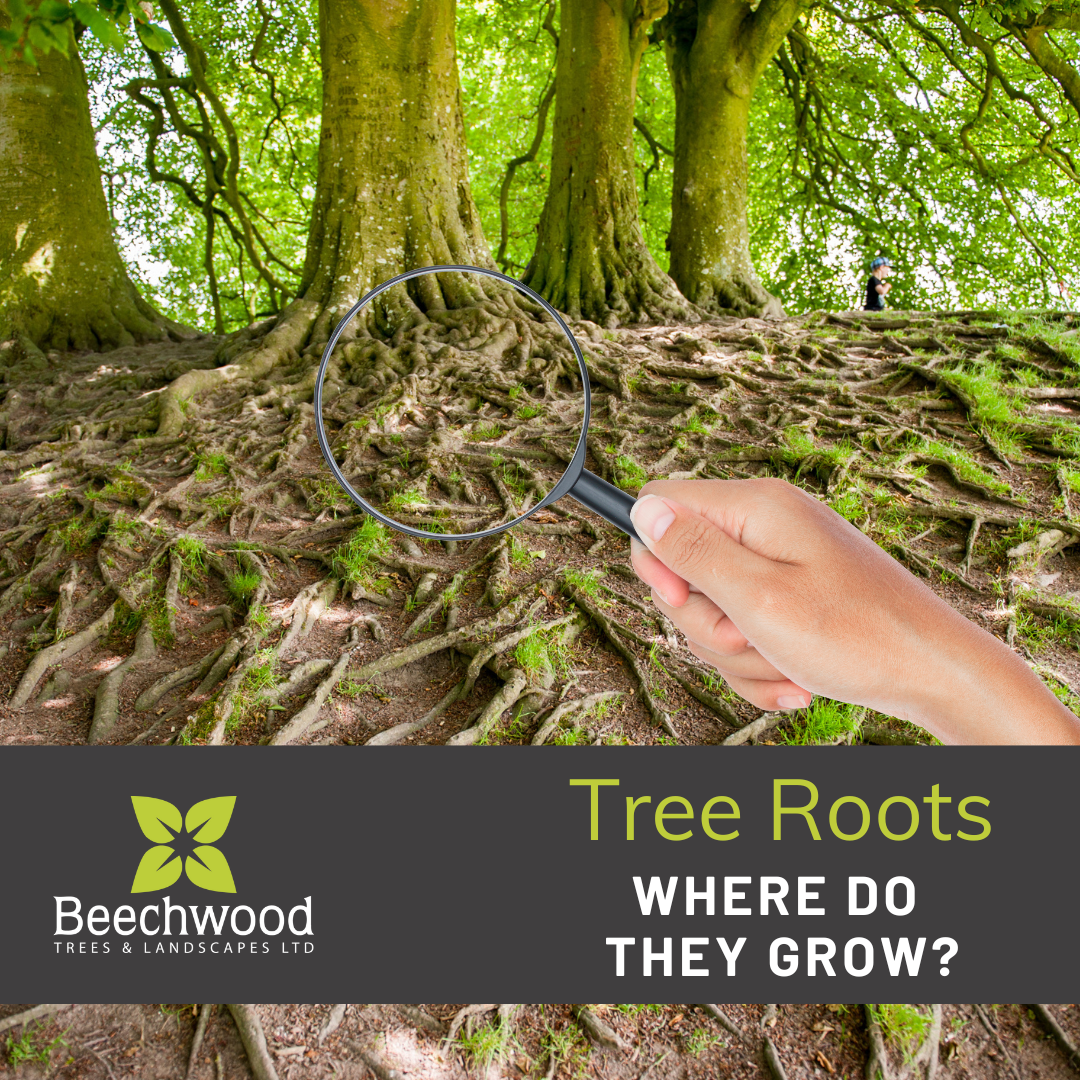Where do tree roots grow?
Trees are majestic beings that grace our landscapes, providing shade, shelter, and an overall sense of natural beauty. While we often admire the sprawling branches and lush foliage above ground, there's a hidden world beneath our feet, teeming with intricate networks of tree roots.
In this blog, we'll take you on a subterranean journey to understand where tree roots grow and how they can impact structures and utilities.
Root Growth Patterns
The growth of tree roots is a marvel of nature. The majority of a tree's roots are found within the top 18 inches (46 centimeters) of soil. These shallow roots are responsible for absorbing nutrients, water, and anchoring the tree.
But how deep do they go?
The depth of tree roots can vary widely based on the tree species and environmental conditions.
For example, the roots of oak trees can extend up to three times the tree's height, while shallow-rooted trees like pine trees may only reach about 12 inches (30 centimetres) deep.
As roots grow, they typically follow a pattern of expanding in all directions, reaching out in search of vital resources.
Roots and Infrastructure: Potential Impact
While tree roots are essential for the tree's health, they can pose challenges when they come into contact with man-made structures and utilities. Here are some common scenarios where tree roots can influence our surroundings:
Foundations: Tree roots seeking moisture may infiltrate the soil beneath foundations, leading to upheaval, cracking, or damage to buildings. This can be particularly problematic in regions with clay soils that tend to shrink and swell.
Utility Interference: In their quest for water, tree roots may infiltrate sewer lines, water pipes, and utility cables. As roots grow inside pipes, they can cause blockages and damage, resulting in costly repairs.
Footpath and Driveway Damage: Shallow roots, like those of some maples or willows, can disrupt pavement surfaces.
When the roots expand, they create what's commonly known as "footpath heaving," where the surface is lifted and cracked.
Lawn Troubles: Tree roots close to the surface can also impact your lawn. The competition for water and nutrients might lead to thin or bare patches in your grass.
Tree Roots vs. Structures: Finding Harmony
Managing the interplay between trees and urban structures is a complex but necessary endeavour.
Trees offer countless benefits to urban environments, including air purification, temperature regulation, and aesthetic beauty.
To ensure harmony, consider these strategies:
Appropriate Tree Selection: In urban planning, select tree species with less aggressive root systems that won't interfere with structures and utilities.
Regular Maintenance: Pruning tree roots, installing root barriers, and using structural soils are techniques that can help maintain a balance between trees and infrastructure.
Consult an Arborist: For properties with mature trees, consulting an arborist is crucial. They can assess the health of your trees, recommend appropriate measures, and ensure the safety of your structures.
Infrastructure Design: Implementing thoughtful infrastructure design, such as flexible pavements, can reduce root-related damage.
Tree roots may wander into the unseen depths below, but their presence and influence are felt far and wide.
Understanding their growth patterns and potential impacts equips us to appreciate the beauty of trees while navigating the practical challenges they may pose.
Beechwood Trees and Landscapes Ltd is dedicated to responsible tree care and maintenance, and our team of experts is always available to provide guidance on managing trees in urban environments.
Whether it's tree pruning, root management, or any other tree-related service, we're here to help you achieve a harmonious coexistence between trees and your surroundings.

